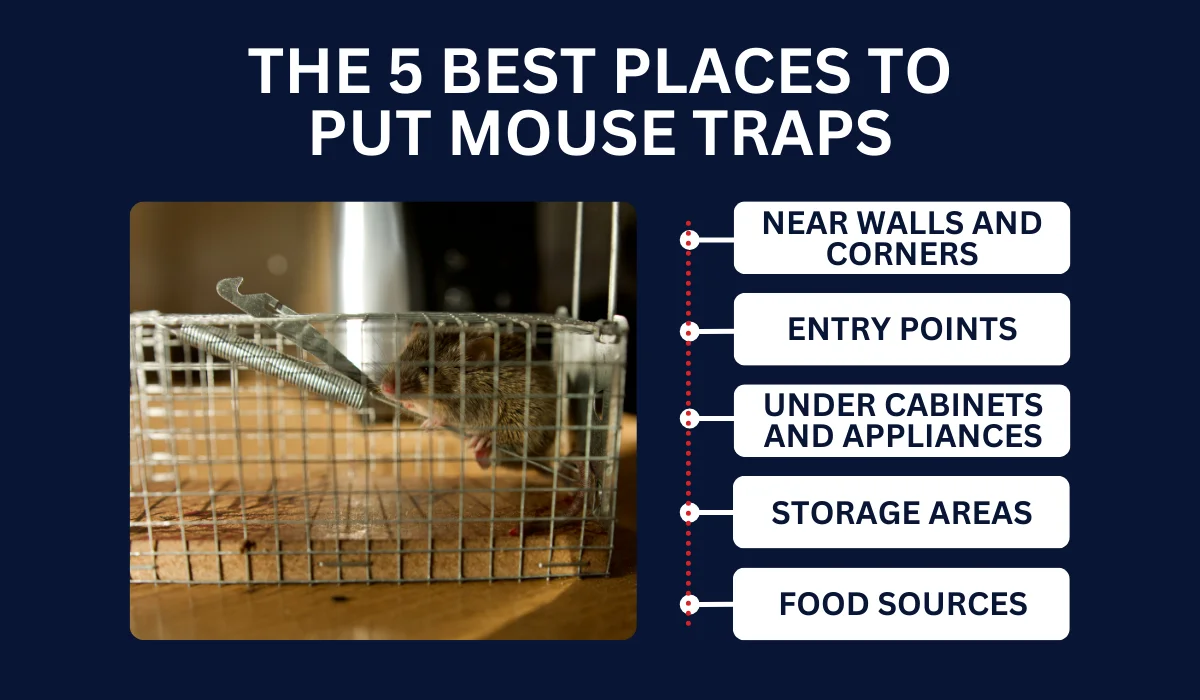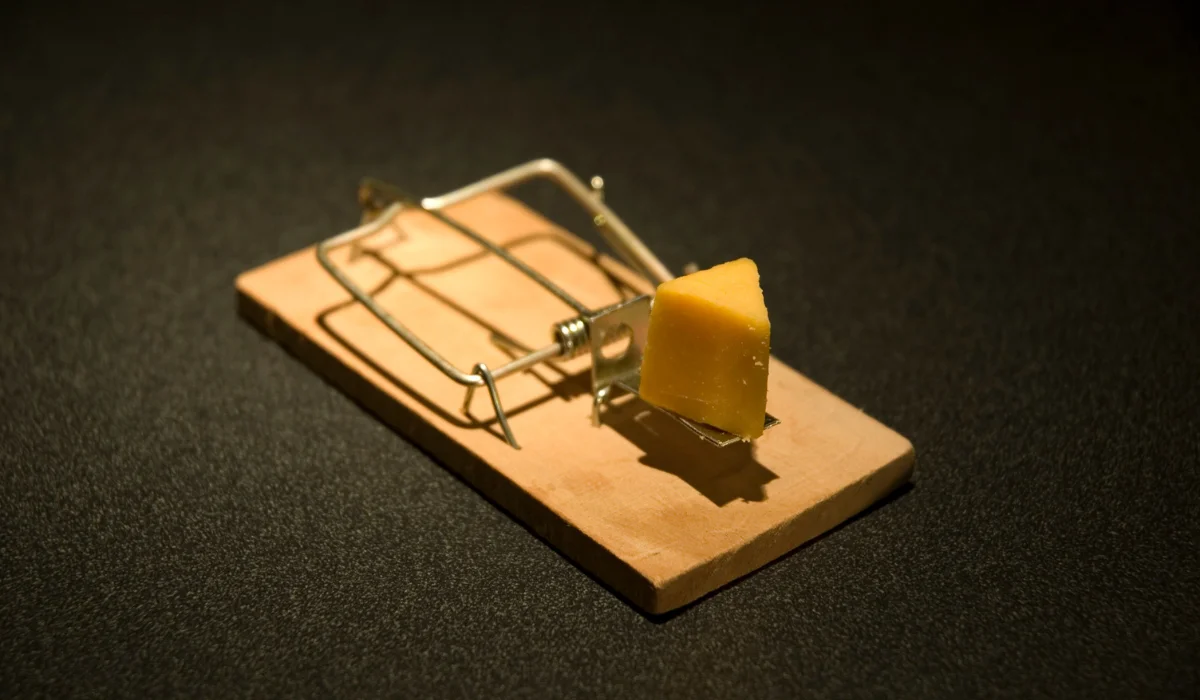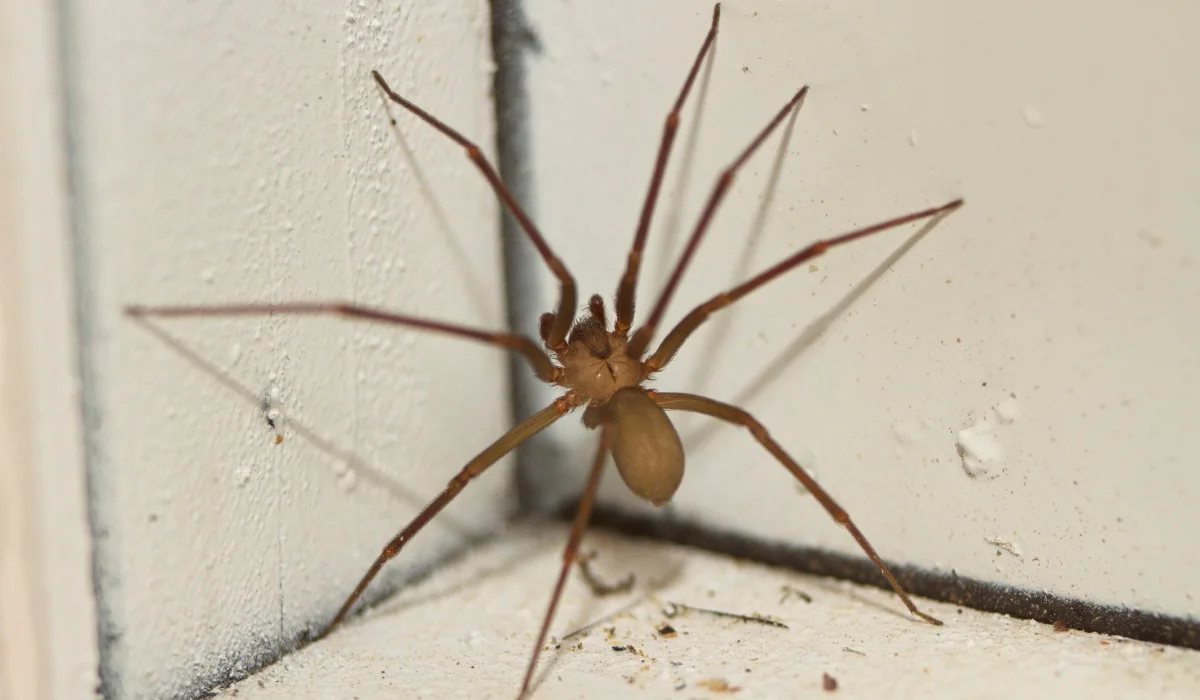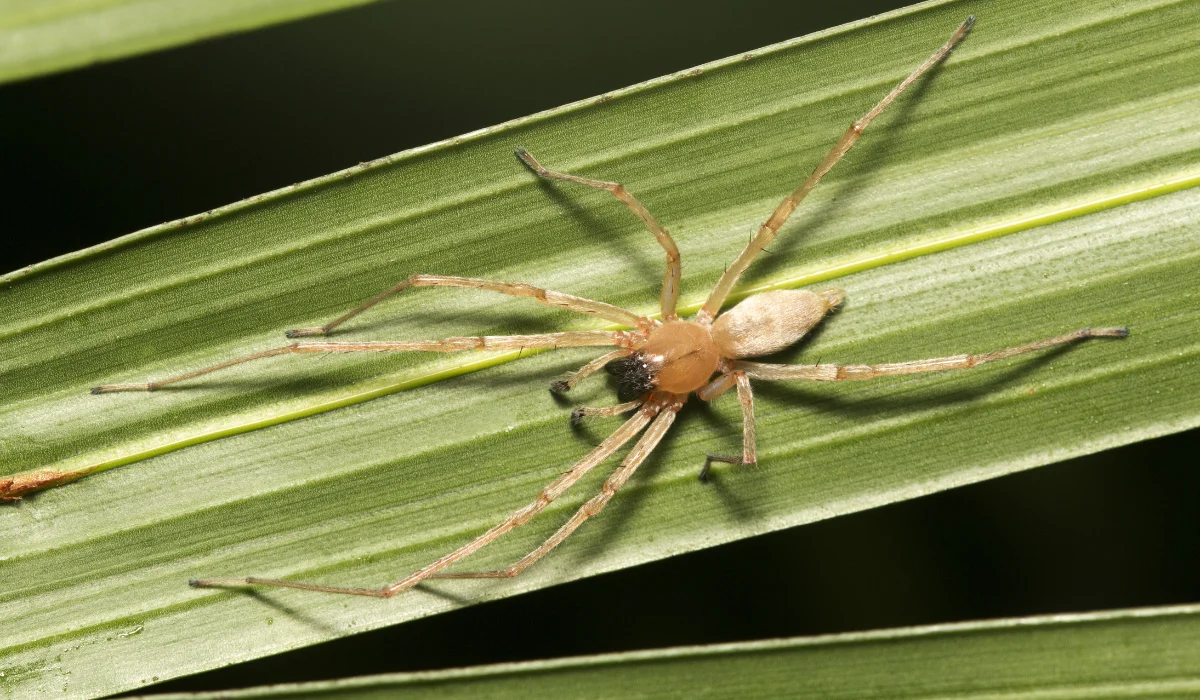Dealing with a mouse problem in your home can be frustrating, but the right trap placement makes all the difference. Proper placement increases your chances of catching mice while reducing their activity in your space.
Here’s a detailed guide to help homeowners in Southern Louisiana tackle mouse issues effectively.
Key Takeaways
- Mouse traps are most effective near walls, entry points, under appliances, in storage areas, and around food sources.
- The right trap works best in high-traffic areas, like snap traps along walls or hidden bait stations.
- Common mistakes include using too few traps, poor placement, transferring scent, ignoring hidden areas, and choosing weak bait.
- Signs of failure include new droppings, untouched trails, fresh nests, gnaw marks, or gaps mice are still using.
- Professional pest control provides lasting solutions for severe infestations, including creating customized plans.
THE 5 BEST PLACES TO PUT MOUSE TRAPS

Once you’ve identified rodent activity, strategically place mouse traps in these locations to get rid of them:
1. Near Walls and Corners
Instinctively, mice stay close to walls while moving, using them as a guide for safety. Traps placed perpendicular to the wall create a natural interception point along their habitual paths. This increases the chance of capturing a mouse.
2. Entry Points
Gaps around doors, vents, and pipe openings are common entry points for house mice seeking shelter or food. Traps placed in these locations intercept them as they attempt to access your home, capitalizing on their predictable movement paths.
3. Under Cabinets and Appliances
Warmth and seclusion make spaces beneath stoves, refrigerators, and dishwashers attractive to mice. These hidden areas provide the ideal combination of safety and proximity to food, making them prime spots for effective trap placement.
4. Storage Areas
Basements, crawlspaces, attics, and garages often harbor undisturbed clutter that mice use for nesting. These quiet spaces provide ample shelter and materials, making them strategic locations for traps to catch rodents near their hideouts.
5. Food Sources
Mice are drawn to areas where food is readily available, such as pantries, pet feeding stations, and crumb-prone spots. Traps in these locations target their feeding habits, so you capitalize on their need to forage.
TYPES OF TRAPS AND THEIR PLACEMENT
Choosing the best mouse trap is just as important as knowing the right locations to place them. Here’s a quick guide to the most common traps and how to use them:
| Types of Mouse Trap | Placement Tips |
|---|---|
| Snap Traps | Place perpendicular to walls in high-activity areas. Use peanut butter as bait for its strong scent. |
| Glue Boards (Sticky Traps) | Place along walls in secluded areas. Avoid dusty or debris-filled areas to maintain effectiveness. |
| Live Traps | Use near high rodent activity. Check frequently to reduce stress on captured mice. |
| Bait Stations | Position in hard-to-reach spots inaccessible to pets or children. |
COMMON MOUSE TRAP MISTAKES TO AVOID
Even with the right traps, small mistakes can reduce their effectiveness. Avoid these common errors to ensure your mouse traps work as intended:
- Not Using Enough Traps: One or two glue traps won’t suffice for severe rodent problems. Place many humane traps in all areas of activity.
- Incorrect Placement: Avoid setting traps where mice won’t naturally venture into open spaces.
- Not Wearing Gloves: Mice have a strong sense of smell. Wear gloves to avoid transferring your scent to the trap.
- Ignoring Dead Zones: Areas like basements and crawlspaces often go unnoticed but can harbor mice.
- Poor Bait Choices: As attractants, peanut butter works better than cheese due to its scent and stickiness.
SIGNS YOUR MOUSE TRAPS AREN’T WORKING
If you’ve set mouse traps but aren’t seeing results, it may be time to reassess your approach. Here are some signs that your traps aren’t working:
- Mouse Droppings Still Appear: Active droppings mean mice avoid traps—consider relocating them or increasing the number of traps.
- Gnaw Marks Persist: Fresh damage shows mice find other food sources; traps may need better placement or different bait.
- Visible Runway Tracks or Grease Marks: Undisturbed trails near traps suggest they’re not in high-traffic areas—adjust trap placement accordingly.
- Nesting Materials Accumulate: New nests suggest traps are too far from activity hubs like secluded corners or storage areas.
- Easy Access Points Are Unaddressed: Persistent signs of mouse activity despite traps suggest new mice are entering.
WHEN TO CALL A PROFESSIONAL
If your DIY efforts aren’t solving the problem or you’re dealing with a severe mouse infestation, it may be time to call pest control.
At LaJaunie’s Pest Control, we don’t just place traps—we provide comprehensive rodent control solutions. We seal gaps, cracks, and other vulnerabilities to stop rodents from getting inside, using durable materials like steel or cement for lasting protection.
Call us today to schedule your inspection, and let us create a customized plan to keep your space rodent-free.
 By: LaJaunie's Pest Control
By: LaJaunie's Pest Control 


